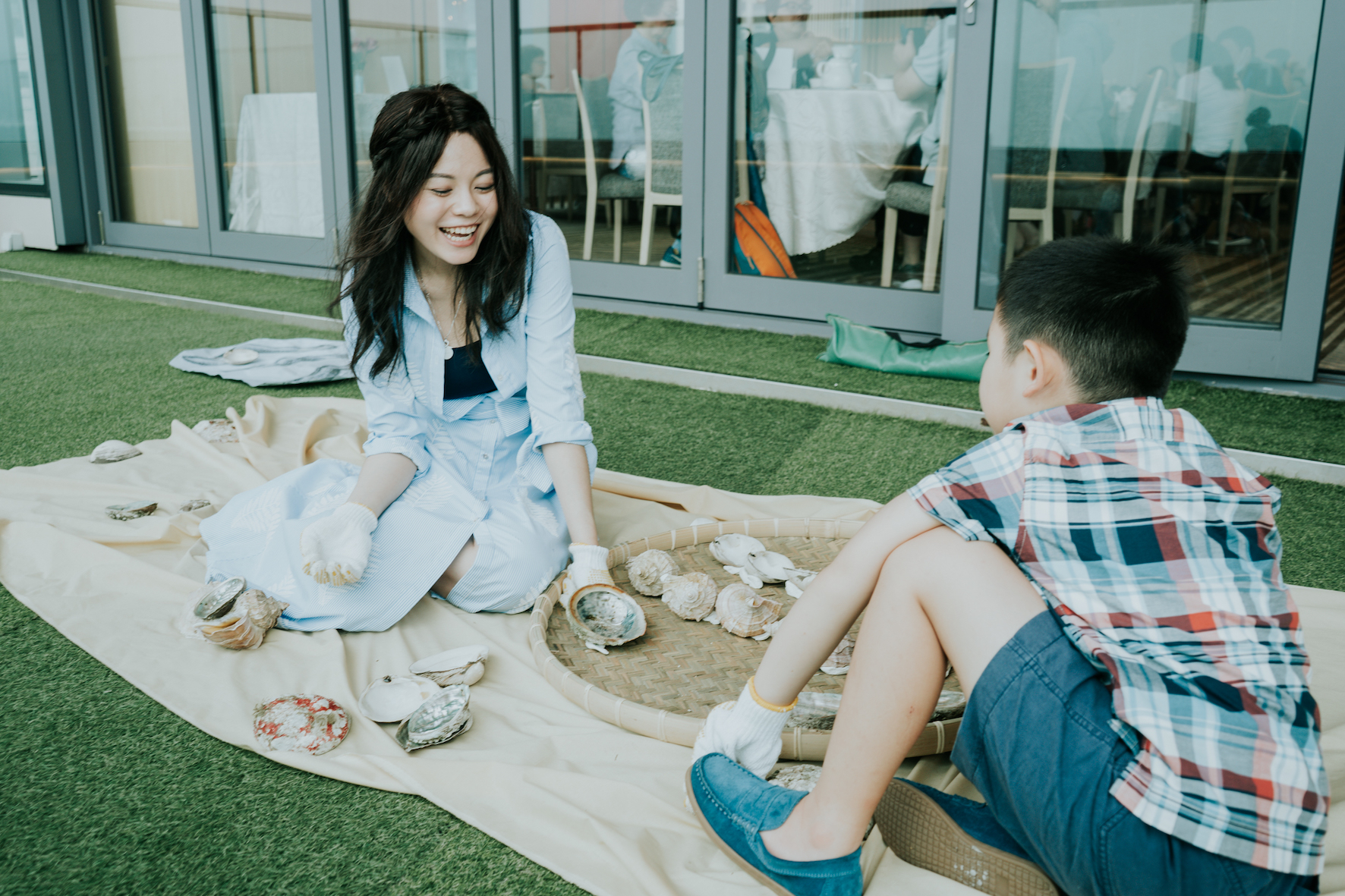Keep food traditions alive through environmental arts
Our Creative committee member May Yeung just published a new article:
Keep Food Traditions Alive Through Environmental Arts
The power within art and food strengthens the connection amongst people and builds a
sense of belonging, creating harmony in our lives. Nonetheless, during the ebbs and flows of
Covid-19, how do we cope with social distancing?
Creative Committee Member May Yeung perceives this challenge as an opportunity to bring
art outside of art galleries and museums, and amalgamate art into our daily lives. Thus, she
has decided upon to leverage her background in food recovery and her passion in sculpture
to set up “Mizu” community arts program for children. It consists of a series of online and
offline workshops upcycling seashells provided by Inakaya and Kaika into public art
installations.
With a strong belief that we borrow the Earth from our children rather than inheriting it
from our ancestors, May believes that the reinvention of food waste into art is the key to
educating the next generation about marine conservation and environmental sustainability.
As children draw on seashells under the guidance of May and other volunteers, they bring
their effulgent stories to life. The vivid colors of paint and the textures of various shells
stimulate their five senses and spell out the word hope, connecting you and me.
Gratitude further springs from children’s blossoming souls during the process of utilizing
seashells and other recycled materials into public art installations “Mizu” (Water), “Kawa”
(River) and “Umi” (Sea). They learn to cherish food, developing daily recycling habits that
they will carry about with them for the rest of their lives.
Progress is impossible without change. In light of the Japanese idiom, “furukawa ni mizu
taezu” – water continues to flow from the bottom of the river despite under desperate
circumstances – “Mizu” community art program expands the next generation’s vision and
ignites their individual agency. Most significantly, by keeping food traditions alive through
environmental arts, the program advances environmental sustainability, art accessibility and
social inclusion. May Yeung.pdf

